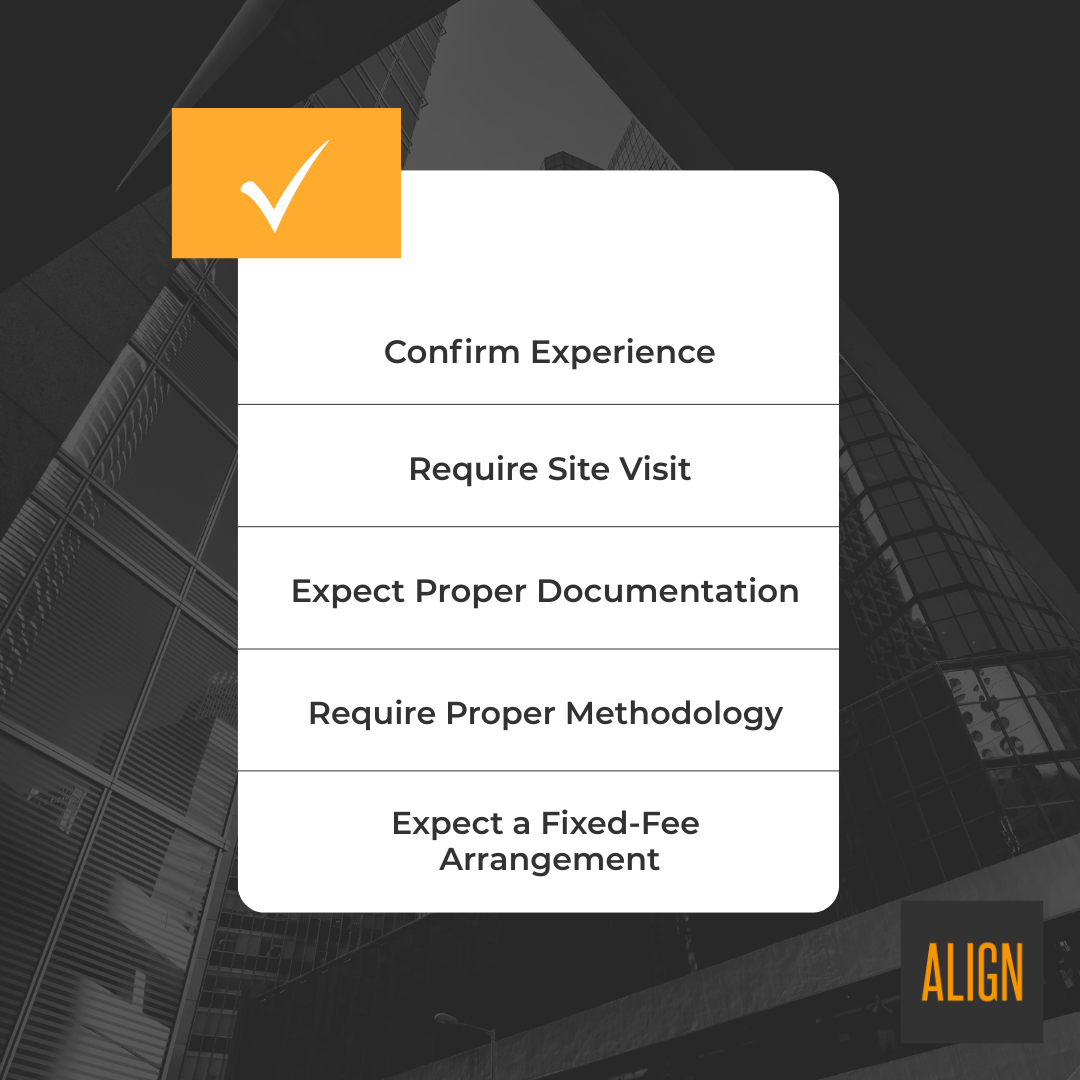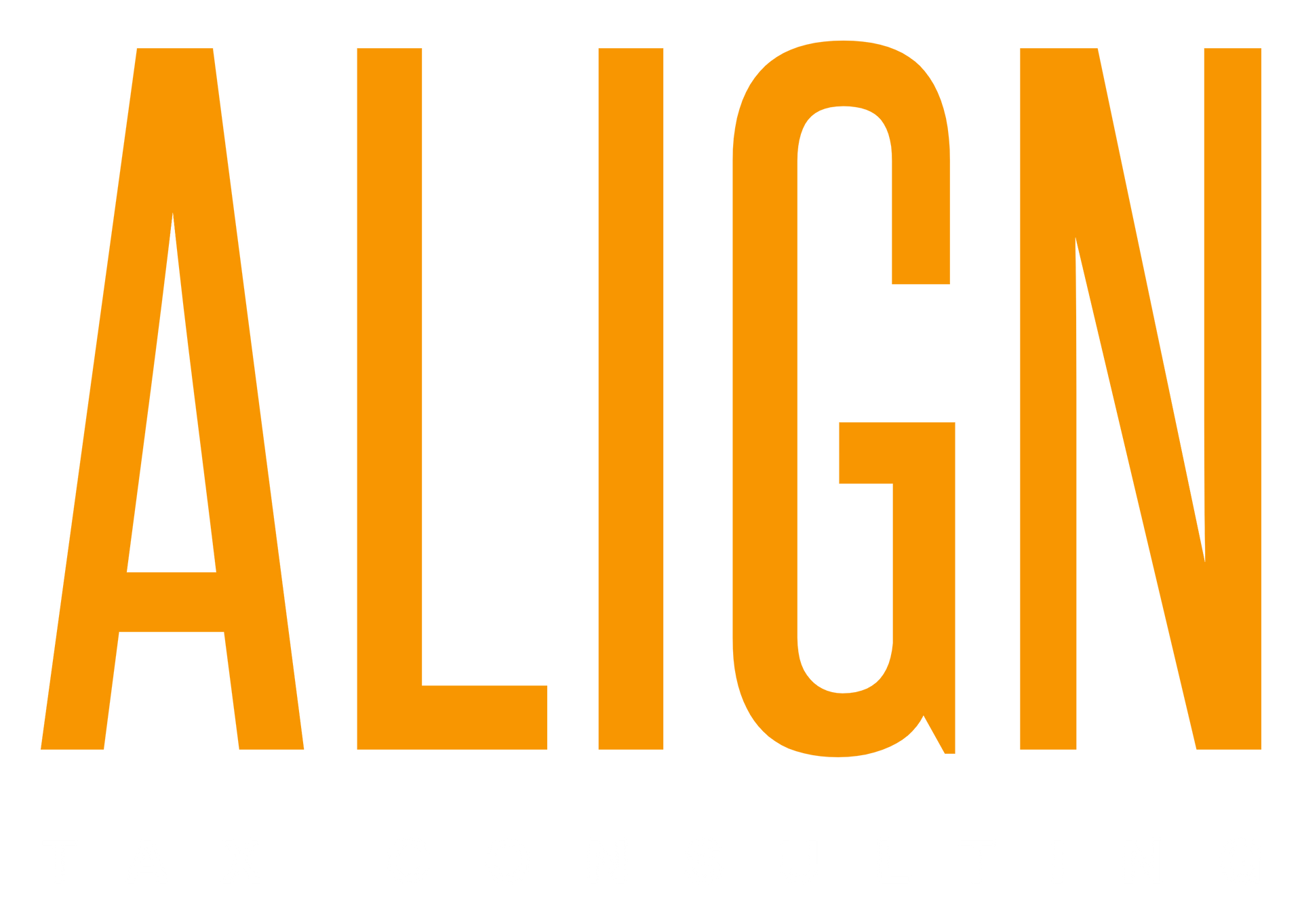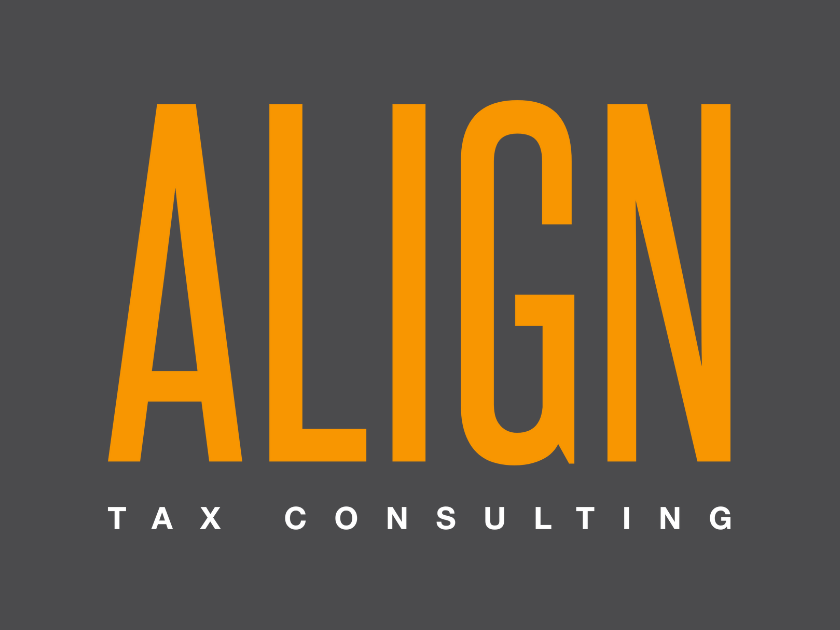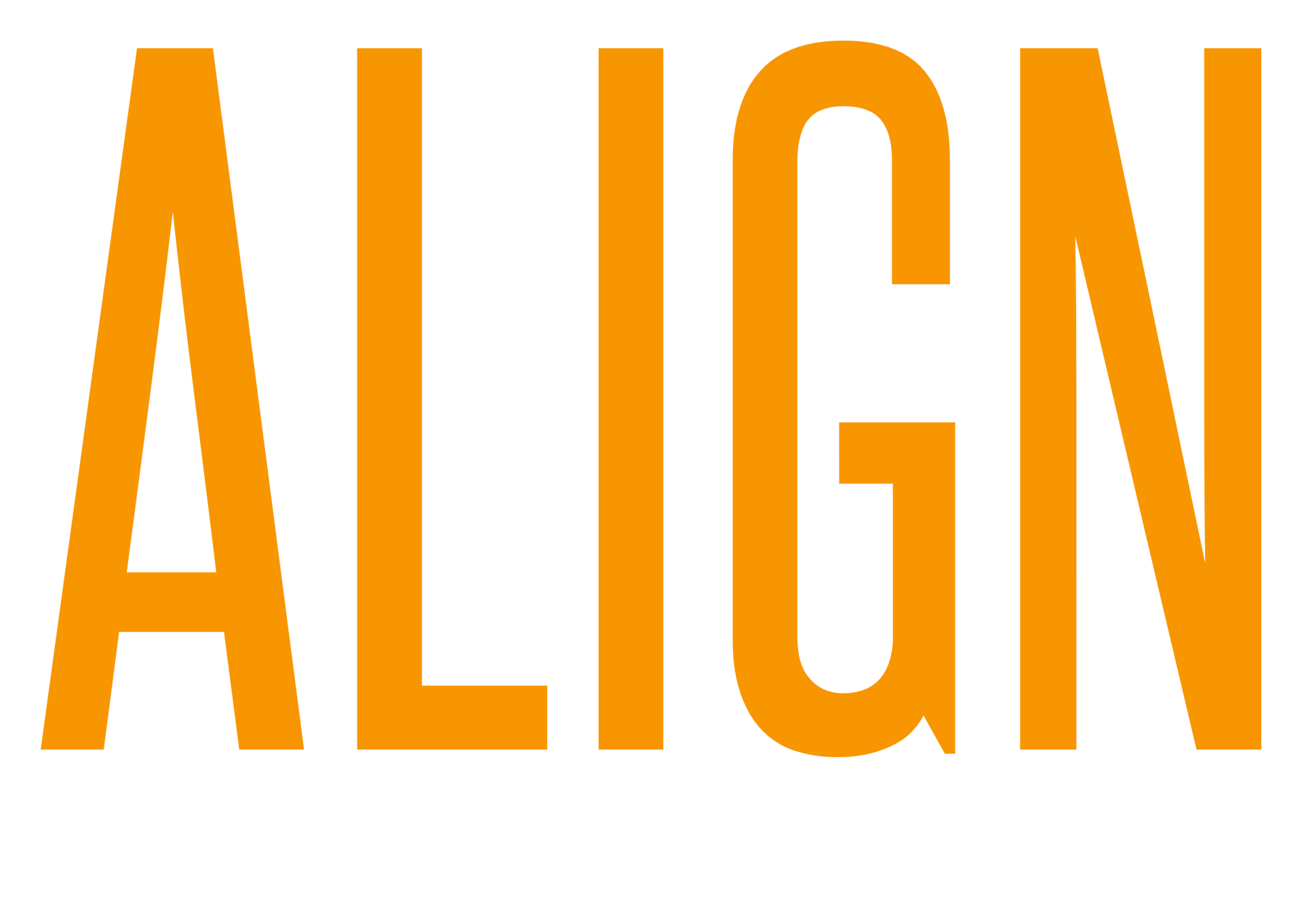Cost Segregation Providers: What to Look For and What to Avoid
Do's and Don't When Selecting a Cost Segregation Provider

Cost segregation is a powerful tool for real estate investors who own commercial or residential rental real estate. These studies are the process of reclassifying certain building components from a 27.5 or 39-year life into shorter depreciable lives of 5, 7, or 15 years. By reclassifying property, the study results in accelerated depreciation deductions, improved cash flow, and reduced current tax liabilities. The cash flow from reduced current tax liabilities can be used to reinvest into their business, pay down debt, acquire additional properties, or scale a portfolio, which all ultimately lead to building long-term wealth.
While the concept of cost segregation is relatively simple, executing a high-quality cost segregation study can be quite complex and requires technical expertise and significant experience. Unfortunately, not all cost segregation providers offer the same level of quality, compliance, or transparency. Here are the key do’s and don’ts to look for when selecting a provider:
Do: Confirm Proper Experience
A cost segregation study should be prepared by professionals with deep and tenured expertise in construction processes, engineering, and tax law. While the IRS doesn’t have a prescribed set of qualifications for cost seg specialists, a quality provider will be transparent on their audit defense track record, credentials, and experience conducting studies on similar properties that are being evaluated.
Don’t: Trust providers who aren’t willing to share their experience and give an expansive history of studies they have conducted in the specific asset class. And don’t trust providers if they’re not willing to walk you through their methodology, provide a team profile, walk through their report with you, provide references or answer any questions you may have in the details.
Do: Require Site Visits
Arguably the most important part of the process, a quality provider will complete a site visit of the property to account for the assets at the property, gain a better understanding of the overall project, and notate how specific assets are being used. The site visits should always include photographic evidence and associated written notations to support their findings.
Don’t: Trust a provider who advises that a site visit is not necessary for a study. By not conducting a site visit, the provider is significantly increasing the risk of the taxpayer by providing a product that does not have a strong likelihood of holding up under audit. While “virtual” site visits have grown in popularity, don’t trust an advisor that recommends a site visit of this nature as it can lead to inaccurate measurements or missed assets.
Do: Expect Proper Documentation & Compliance
A quality study will include an extensive report prepared by an individual with the proper experience that displays legal support for their findings, detailed explanation of the methodology, listing of the assets, and fully complies with the “Thirteen Principal Elements of a Quality Cost Segregation Study” as outlined in the IRS Cost Segregation Audit Technique Guide. A quality provider will also request the required documentation such as financial records, blueprints, and other items that they can use to support their findings.
Don’t: Rely on a report that is overly concise in their findings, calculations, approaches used, or if the company didn’t request information from you that is standard for a study. Poor documentation can cause serious issues such as penalties and interest if the report doesn’t stand against IRS scrutiny.
Do: Require Proper Methodologies
The top-tier providers in space almost always use a Detailed Engineering Approach from Actual Cost Records or Detailed Engineering Cost Estimate Approach for their studies. While there are other approaches that can be acceptable in unique situations, these should be the top two mentioned when discussing a study with a provider.
Don’t: Use providers who use less accurate approaches such as the Rule of Thumb, Residual Method, or Survey Method as their main strategy. Further, don’t trust providers who use DIY tools or other software that can lead to missed value or fall short of the standards required for quality studies.
Do: Demand Transparency
You should have a clear understanding of what’s being delivered, what the scope of the project is, how they came to their fee, and how the benefits are estimated. Reputable firms walk you through the process, give a clear timeline of results, explain their findings, and provide support during implementation with the tax preparer or advisor.
Don’t: Work with a provider that is vague about their process, their experience, fees or have an unwillingness to share how estimates are calculated or what the scope of the work is.
Do: Do Not Accept Contingent Fees
The IRS will scrutinize contingent fees as it promotes increasing the benefit of a study through aggressive legal interpretations or inappropriate estimating techniques and methodologies. Circular 230 clearly outlines contingencies fees and when they’re acceptable. A quality provider will have a fixed fee depending on the complexity, time and material to complete the work.
Don’t: Choose a provider offering to take a percentage of the tax savings as the provider will certainly take aggressive stances or use inappropriate techniques that can put you at risk which can lead to penalties and interest.
Failure to prepare a proper study can result in missed tax savings, IRS scrutiny, and costly audits. Misclassified assets or inadequate documentation can lead to disallowed deductions, increasing taxable income and resulting in penalties and interest charges. A quality provider will ensure every study complies with the ATG’s “Thirteen Principal Elements of a Quality Cost Segregation Study,” safeguarding against such risks. For example, quality studies includes a site visit to the property. If a provider completed a study without a site visit, then the taxpayer is at high risk if challenged by the IRS under audit.
Want to stay Tax Savvy?
Join our Newsletter!











